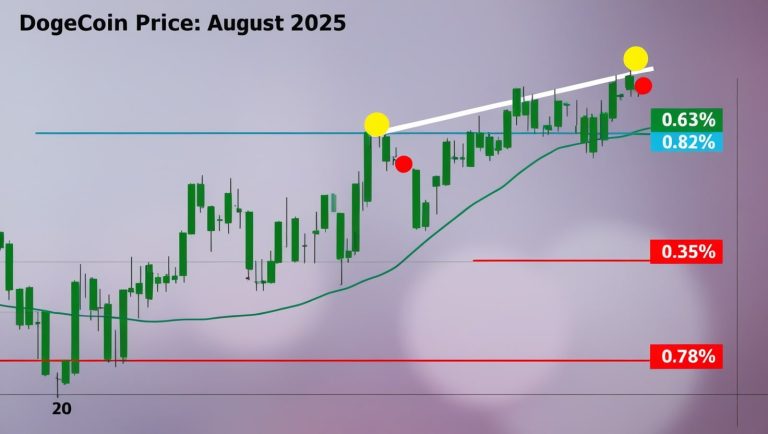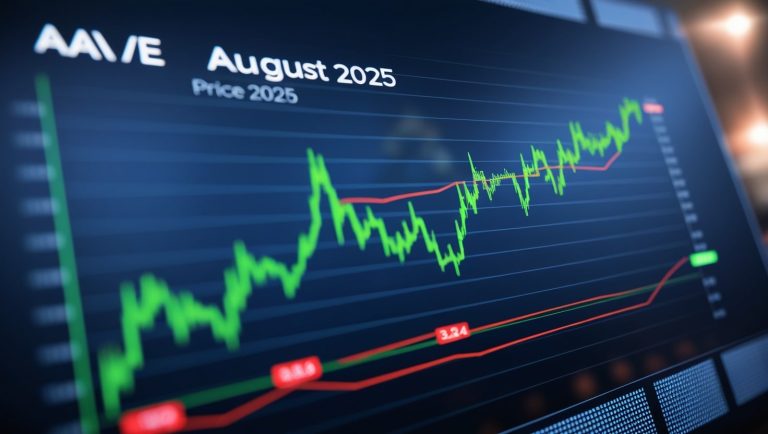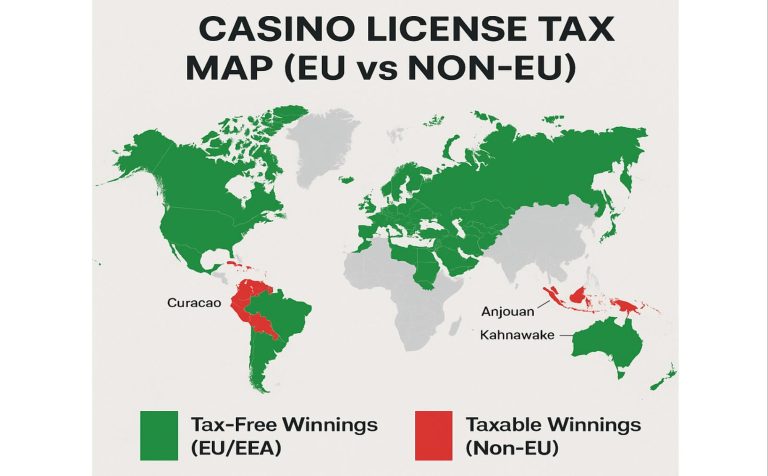There’s something hauntingly beautiful about old photographs — frozen moments, blurred smiles, and fragments of stories left untold. But what if those still memories could move again? What if a faded image of your grandparents could smile, embrace, or share a kiss, all through the power of artificial intelligence?
Thanks to emerging AI video generators like Videomaker.me, the past is no longer static. This platform allows users to animate old photos with surprising realism, using advanced tools like the Veo 3 AI video generator to simulate natural movements and emotional gestures. Whether it’s a long-lost hug, a subtle wink, or the way someone once tilted their head while laughing, these micro-movements bring the distant past into vivid, emotional focus.
Unlike traditional slideshow apps or photo enhancers, Videomaker.me doesn’t just polish the image — it recreates an experience. At its core is Veo 3, one of the most sophisticated AI models built for generating video content from visual and textual prompts. While originally known for dynamic storytelling and cinematic creation, Veo 3’s capabilities in animating still portraits have opened a new frontier: nostalgic memory reconstruction.
In a world flooded with short-form content and AI-generated ads, this feels different. It’s not about going viral. It’s about going back — back to memories that feel more real than ever.
The Rise of AI Nostalgia — Why We Want to See Our Memories Move
From Dusty Albums to Digital Emotion
Nostalgia has always been powerful — but until recently, it’s been passive. A glance at a photo album or a home video might spark feelings, but now, AI has made it possible to reconstruct the emotions behind those moments, not just remember them.
Platforms like Videomaker.me, enhanced by tools such as the Veo 3 AI video generator, are transforming the way we experience the past. Instead of flipping through silent images, we can now watch a departed loved one turn, smile, and lean in for a hug. These subtle gestures, once lost to time, are now digitally reimagined with startling realism.
The Psychology of Nostalgia and Visual Memory
Because human memory isn’t stored as photographs — it’s stored as experiences. We remember motion, voice, and emotion. This is why animated memories feel deeper, more authentic.
By filling in the gaps — the blink, the breath, the pause before a kiss — AI video generation mimics how our brains wish we could remember. The result? A version of memory that feels more alive than memory itself.
Moving Memories Hit Harder Than Static Ones
Static photos trigger imagination. But AI-animated videos trigger recognition. When you see a photo of your father from 1982 come to life — nodding, smiling the way you vaguely recall — it doesn’t just evoke the past. It pulls it into the present.
With accessible AI tools like Veo 3, anyone can generate moving memory clips in minutes. And through user-friendly platforms like Videomaker.me, the technology becomes not just powerful, but personal.
How AI Video Generators Like Veo 3 Are Making It Possible
Breathing Life into Still Photographs
Unlike basic photo animation tools that offer mechanical eye blinks or rigid smiles, the Veo 3 AI video generator understands nuance. It creates dynamic sequences where the subject breathes subtly, eyes shift with intent, and body movements feel organic, not robotic.
These micro-videos are brief but packed with emotional weight. And they require no advanced editing skills from the user. Upload. Select. Generate. That’s it.
Synchronized Audio and Realistic Soundscapes
To enhance the immersion even further, Videomaker.me allows users to add synchronized audio, including ambient sounds, dialogue, or soft background music. A silent photograph of a birthday party can now feature laughter, a breeze, or even a soft “I love you” — either generated by AI or uploaded manually.
This creates an emotionally rich, multi-sensory experience that surpasses traditional slideshows or animations. It’s not just about seeing the past — it’s about hearing it come alive.
Veo 3 Free to Try
Getting started with Videomaker.me is simple and risk-free. The platform offers a free trial mode — a true Veo 3 free experience — allowing users to test the AI video generator’s capabilities before committing. You can upload an image, apply animation presets, and even preview effects in motion.
This lets users experience the emotional depth and technical polish of Veo 3’s output firsthand, before considering a paid plan.
60+ AI Effects, Filters, and Styles
Beyond basic animation, Videomaker.me offers over 60 AI-powered effects, cinematic filters, and exclusive animation styles to match your memory’s tone — whether it’s soft and nostalgic, vintage and grainy, or bright and magical.
These stylistic choices let users customize their videos with a deeply personal touch, aligning aesthetics with the story behind the image. Whether you’re reimagining a 1960s beach day or a quiet rainy afternoon in 1999, the platform gives you the tools to frame the memory your way.
Veo 3 and the Future of Memory: Rebuilding Personal History with AI
As artificial intelligence reshapes industries, one of its most unexpected impacts may be on how we remember. Memory has long been seen as fragile — something that fades with time, altered by perception, weakened by distance. But with tools like Videomaker.me and the power of Veo 3, memory is no longer just a biological function — it’s becoming something we can rebuild, remix, and relive.
From Preservation to Reconstruction
Traditionally, technology has helped us preserve memories — photographs, home videos, audio recordings. But AI marks a shift from passive preservation to active reconstruction. Instead of simply archiving a moment, we can now recreate the emotional essence of it.
That old photo in the attic isn’t just a keepsake — it’s the foundation of a new, living version of the past. And it’s no longer limited to celebrities or tech studios. Thanks to the accessibility of platforms like Videomaker.me, powered by Veo 3 AI video generator, everyday users can become curators of their own memory universe.
A New Kind of Emotional Technology
This isn’t just about cool features or visual fidelity. It’s about emotional technology — the ability of machines to help us feel more deeply. When your childhood photo turns into a video where your father turns and smiles, or your late grandmother nods gently as if to say “I remember too,” that’s not gimmickry. That’s resonance.
In this way, AI doesn’t replace memory — it amplifies it. And perhaps even heals parts of it.
Videomaker.me and Veo 3: Where Technology Meets Memory
In a tech landscape dominated by speed, scale, and spectacle, Videomaker.me stands out by doing something quietly revolutionary: it helps people feel.
This isn’t AI for productivity or profit — it’s AI for presence, for reconnecting with people and moments we thought were lost. Powered by the extraordinary capabilities of Veo 3, Videomaker.me transforms forgotten photos into moving portraits of memory, emotion, and connection. Whether it’s a parent long passed, a friend long forgotten, or a childhood self you barely remember, the platform offers more than animation — it offers a form of emotional time travel.
And perhaps that’s the greatest promise of AI: not to outdo us, but to restore us. To help us remember in richer ways. To archive not just information, but meaning. To fill the silences that memory leaves behind — not with noise, but with motion, warmth, and intention.
In the end, what Videomaker.me offers isn’t just video generation. It’s memory — remade with love, powered by Veo 3, and alive again.












 Bitcoin
Bitcoin  Ethereum
Ethereum  Tether
Tether  XRP
XRP  USDC
USDC  Lido Staked Ether
Lido Staked Ether  TRON
TRON  Cardano
Cardano  Avalanche
Avalanche  Toncoin
Toncoin  Wrapped SOL
Wrapped SOL